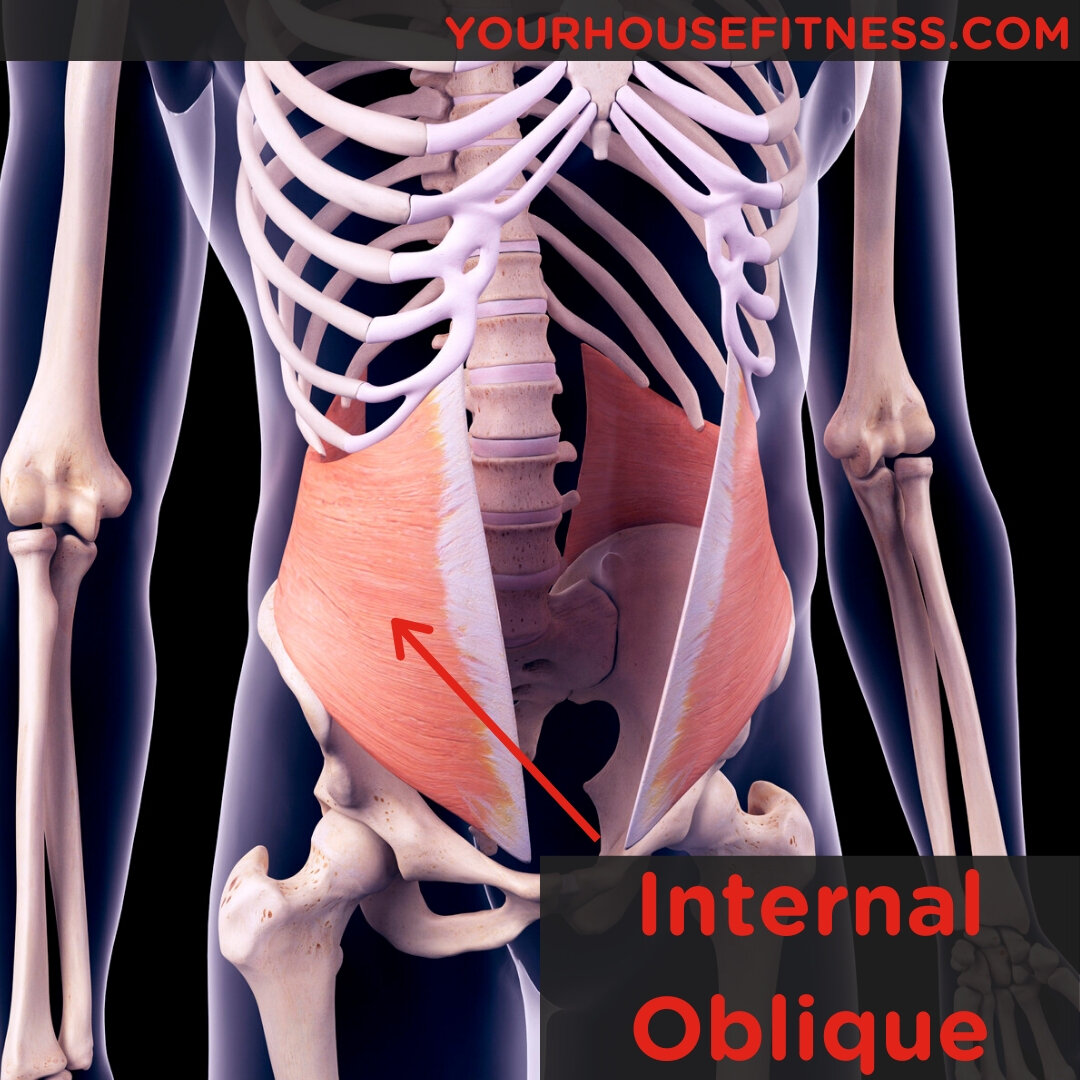Muscle Breakdown: Internal Oblique
Table of Contents
What Is The Internal Oblique
The Internal Oblique is part of the muscle group of the Abdomen. It can be found on your lateral side and is deep to the External Oblique. The muscle fibers of the Internal Oblique run in the opposite direction of the External Oblique. The orientation of these muscle fibers can be thought of as running in the same direction that you would put your hands into the back pockets of your jeans.
Internal Oblique Muscle
Internal Oblique Function
The Internal Oblique functions to bilaterally and unilaterally rotate the trunk, and laterally flex the trunk. In simpler terms, this means that the Internal Oblique helps you bend forwards and to the side and helps you rotate to the side, just like the External Oblique. The Internal Oblique also supports the abdominal wall and assists in respiration. Specifically, during expiration it helps to increase the intra-abdominal pressure.
Internal Oblique Aponeurosis
Similarly to the External Oblique, the fibers of the Internal Oblique connect into the Aponeurosis. The Aponeurosis continues to form the sheath of Rectus Abdominus which inserts into the Linea Alba.
Internal Oblique Origin and Insertion
Internal Oblique Origin
The Origin of the Internal Oblique is the anterior two thirds of the Iliac Crest and the Inguinal Ligament.
Internal Oblique Insertion
The Insertion of the Internal Oblique is the inferior border of ribs 10-12, the Linea Alba and the Pubic Crest.
Internal Oblique Exercises
The Internal Oblique and External Oblique often work together to perform movement and are grouped together to be known as the Obliques. Exercises that train your External Oblique will also train your Internal Obliques. Some additional exercises that train the Obliques include:
Side Crunch
Standing Side Bend
Internal Oblique Stretch
Stretches that target the External Oblique will also activate the Internal Oblique. These stretches include:
Lateral Bend
Upward Facing Dog
Triangle Pose



